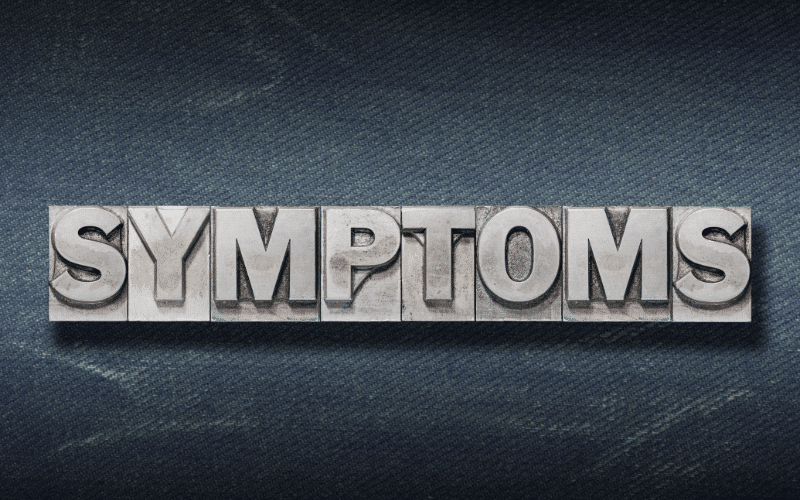Fact 2. Recognizing the Predator: Symptoms of Cardiomyopathy

The hallmark of cardiomyopathy is its subtlety. It often remains dormant, revealing no symptoms until its later stages. Nonetheless, there are several signs linked to this disease, including breathlessness, fatigue, and swelling in the legs, ankles, and feet. Understanding these symptoms can inform detection and control measures.
Breathlessness, clinically known as dyspnea, is a frequent complaint among those with cardiomyopathy. As the disease progresses, the heart’s diminished pumping capacity results in fluid build-up in the lungs. This fluid can interfere with normal breathing, causing shortness of breath, particularly during physical activity or even at rest in severe cases.
Another common symptom is fatigue. It’s a persistent feeling of tiredness or exhaustion that isn’t alleviated by rest. This symptom stems from the heart’s inability to pump sufficient oxygen-rich blood to meet the body’s demands, causing a general sense of lethargy and lack of energy.
Swelling in the lower extremities is also indicative of cardiomyopathy. Medically termed as edema, this condition results from fluid accumulation in the body’s tissues due to the heart’s inefficient pumping. It’s most noticeable in the legs, ankles, and feet but can also occur in the abdomen or other areas of the body.
Besides these signs, individuals with cardiomyopathy may also experience rapid heartbeats or palpitations. This symptom is linked to disruptions in the heart’s electrical signaling, causing the heart to beat faster than usual. Palpitations may feel like the heart is fluttering, throbbing, pounding, or racing.(2)